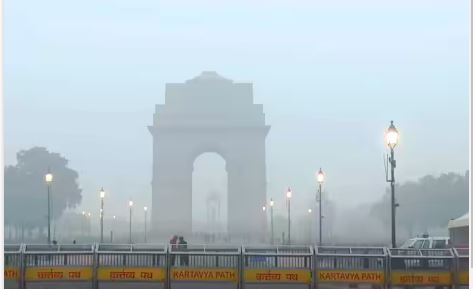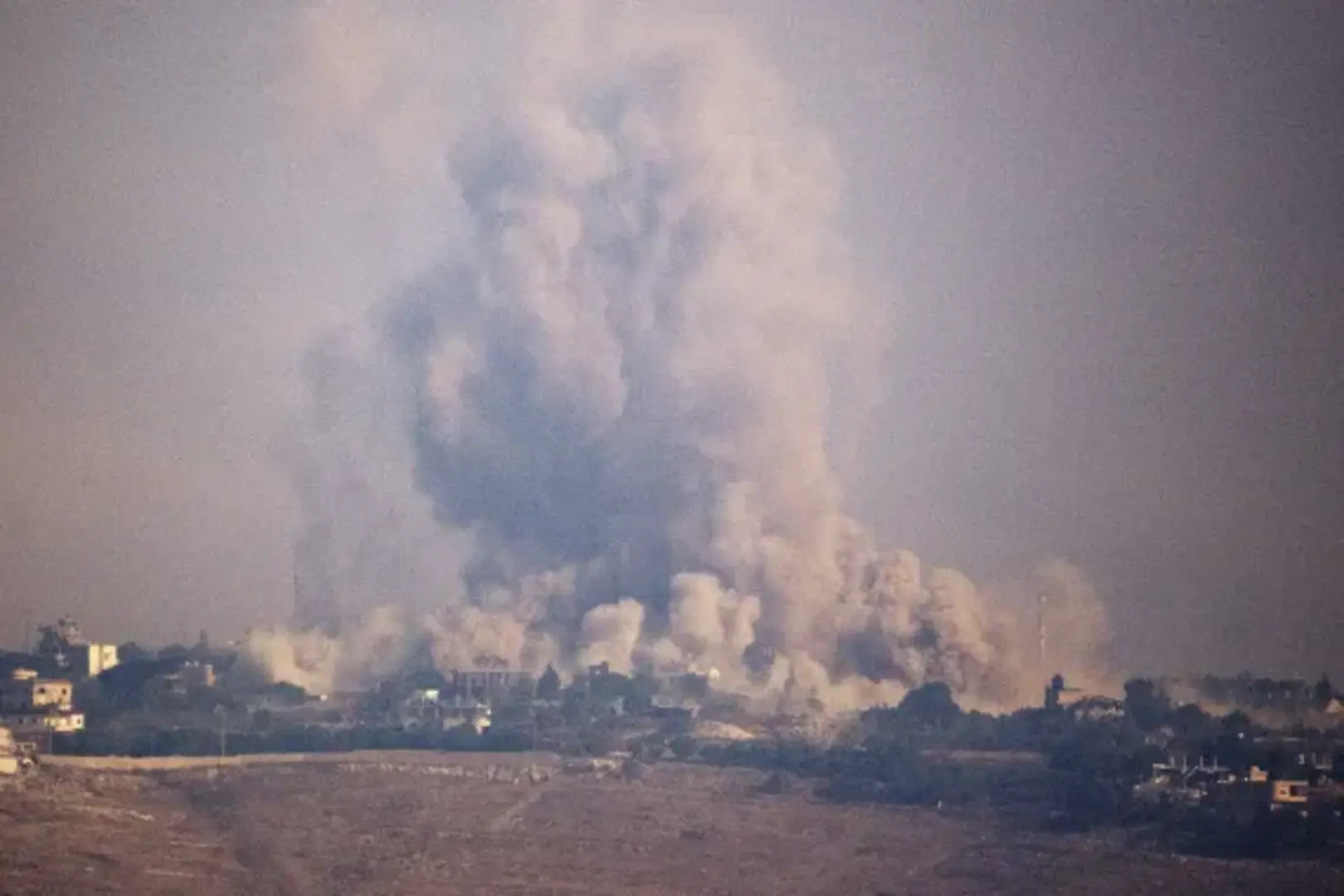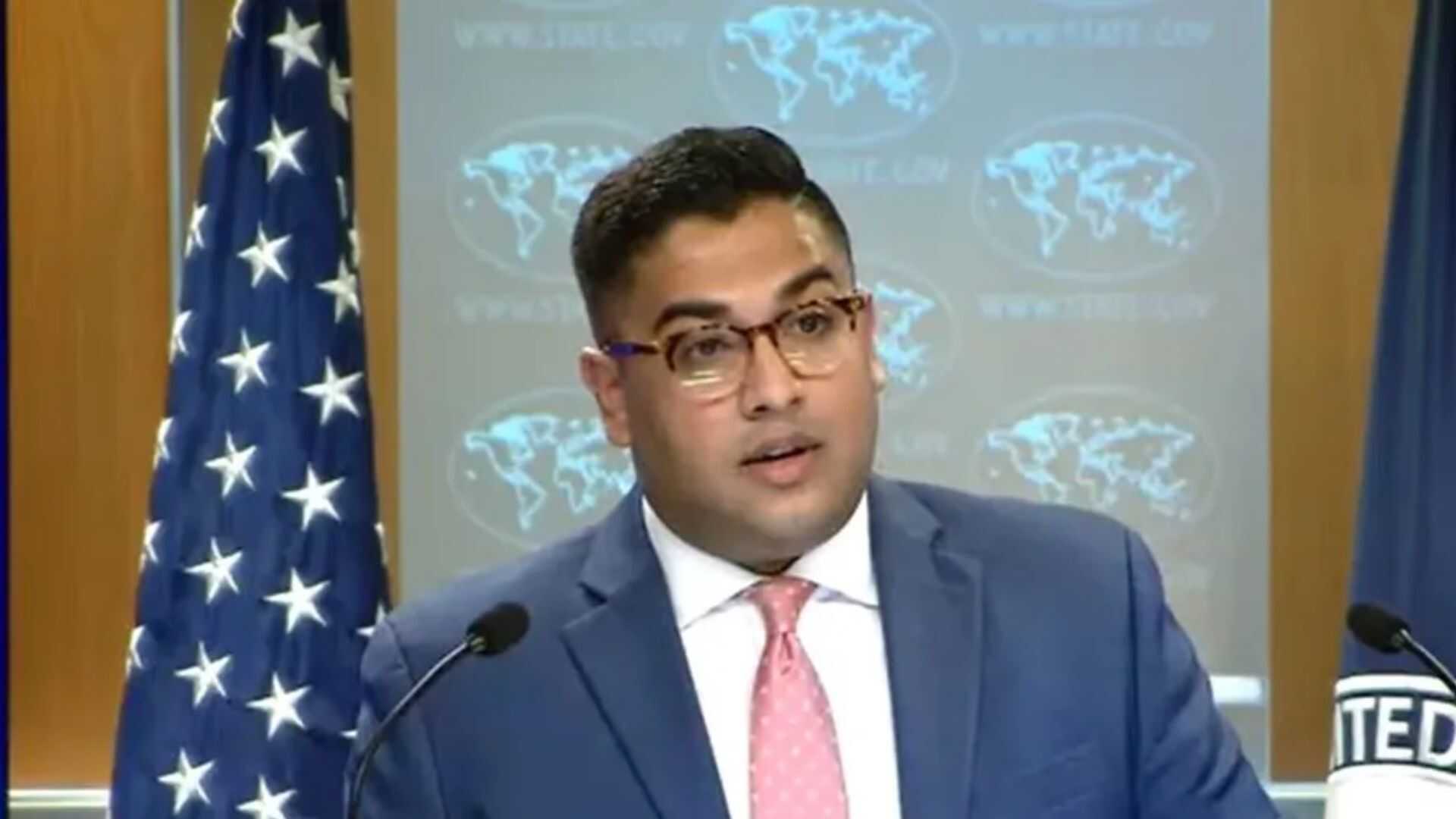
Until the end of Lockdown 3.0, the surrounding was so quiet that even a birdsong seemed startlingly loud. The lasso of birds up in the sky formed interesting patterns. The sky and the sonic landscape started changing again after 17May; the ever present din of traffic and haze in the vista began to fill in. The country is now reopening after a lockdown that is expected to cost the Indian economy about $4.5 billion per day and an overall around $100 billion for the 21 days of Lockdown 1.0, according to Acuité Ratings & Research Ltd.
As published in April, another Indian rating agency Crisil projected total economic loss of Rs 10 lakh crore or Rs 7,000 per person for Lockdown 2.0. The reopening proceeds even as Covid-19 cases continue to rise. With the precarious combination of population density, poverty and poor sanitation, India’s urban areas have long been susceptible to infectious diseases. The world’s first cholera pandemic began in Kolkata in 1817. And India saw excess mortality of 4.5% during the 1918 flu pandemic — almost twice as high as any other developing country for which data is available.
The pandemic continues to rage. When India went into lockdown, it had reported 519 confirmed cases and 10 deaths. Now, its case tally has crossed 2,76,000, with 7,745 deaths. The number of deaths has nearly doubled in the last 17 days and the number of infections is twice than what it was 15 days ago. India is now at the fifth rank in the world’s worst-hit list of covid-19 surpassing Spain.
As India’s growth forecast tumbled to a 30-year-low, economists are of the opinion that the economy must now be “managed alongside persistent infection risks”. Beyond a point, it’s hard to sustain a lockdown that has gone on for so long — economically, socially and psychologically. The world’s most populous country simply has no other choice.
India is headed to a growth rate drop into negative territory for the fiscal year 2020-21. India’s output loss FY 2020-21 is estimated at Rs 14 lakh crore (about 4% GDP fall). GDP contraction predicted is 6.8% in current fiscal year. The lockdown put the food supply chains at risk, cost millions their livelihood, and throttled every kind of business — from car manufacturers and high-end fashion to the corner tobacco pan shop.
The hope — which encouraged the government (and the people) to lift the lockdown — was that most of India’s undetected infections would not be severe enough to require hospitalisation. At a death rate of 2.8% and recovery rate of 48%, the pandemic in India is mild, mysteriously so. The government, for instance, has been touting India’s mortality rate as a silver lining — at nearly 3%, it’s among the lowest in the world.
But some are unconvinced by that. A prominent virologist says that India has never had, and still doesn’t have, a robust system for recording deaths — in his view, the government is certainly missing Covid-19 deaths because they have no way of knowing of every fatality.
A Financial Times analysis of overall fatalities during the pandemic in 14 countries of the Western hemisphere (without India in the list) found that the death toll from coronavirus may be almost 60% higher than reported in official counts. So we can expect at least a similar flaw in India too, if not worse. Then there’s the question of how to define a Covid-19 death in order to stop any genuine Covid-19 death go undetected. Some Indian doctors and observers have reported that many people are/were dying of Covid-19 symptoms without getting tested or “treated”.
To the question if India is an outlier in the curve of novel coronavirus fatalities, the Pulitzer prize winner Oncologist Siddhartha Mukherjee said that it’s a mystery that our death rates are that low against other nations. Part of the mystery is probably that we are not doing enough testing. If we tested more, we’d know the answer better.
Others believe that India’s predominantly young population is helping keep fatalities low. Recently, there’s a significant scientific find published about a new strain of the virus found in India. Scientists in Hyderabad’s Centre for Cellular and Molecular biology have discovered that a clade (I/A3i) of the novel coronavirus is found in about 41% of genomes sequenced in the country and is milder in virulence than strains found in other parts of the world. This Clade (IA3i) has four variants, out of which one variant C13730T is more virulent than the others which may be causing surge in deaths and rate of infection recently. Clade (IA3i) is likely to have emerged through a mutation in India in different genetic material and is not known to be seen in any other country. The study is currently under peer review by BioRxiv journal.
India might be missing some deaths and not diagnosing every patient correctly for Covid-19, but the fatalities are unarguably low. Indian scientists should now focus on developing strategies against the virus recruiting innate and adaptive arms of the immune system. A recent study found that some people who have never been infected with Covid 19 harbour T-cells (part of our innate immune system) that fight this virus, indicating that they might have previously been infected with other coronaviruses sharing similar characteristics. Researchers should work on making a skin test akin to Mantaux test for Tuberculosis available to test T cell response (type IV cellular response). The serological antibody tests may be weak and wane off over time, but a T cell response measured by a skin test will remain with a longer memory. Scientists around the world observe that India may be seeing a lesser virulent disease due to a nonspecifically strengthened T cell response from the routine use of BCG vaccination at birth.
Lastly, and most importantly, in spite of better recovery rates in our country, there’s still a concern for people who have recovered or had a sub-clinical disease. Viral infection sequelae are quite common and can be worse than the initial disease which may be mild. Sequelae observed in SARS outbreak were pulmonary damage (at times permanent) and osteonecrosis (from high dose steroid treatment).
Given the panoply of symptoms seen in sick patients and one prominent disease sequela (MISC — multisystem inflammatory syndrome in children) seen in the Western world, I hope that healthy, young people will restrain the urge to “go out and get it” as there is every reason to worry that there might be an Act 2 in this contagion drama waiting to unfurl.
The writer is a medical doctor (pathologist) and her love for creative writing had her accomplish an MA in creative writing from the University of London.















